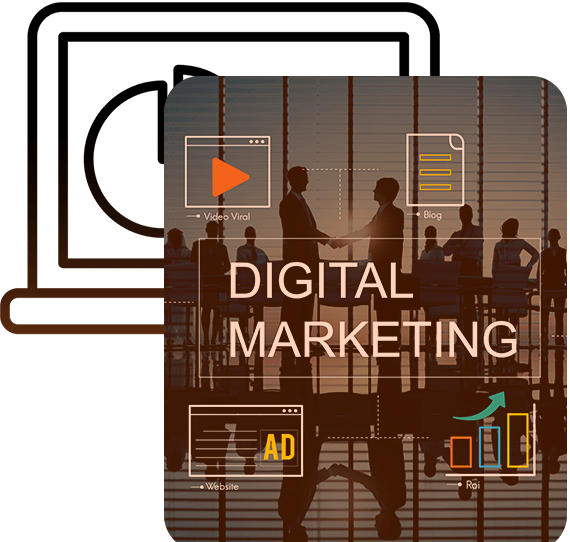
An inbound service facility works best when it provides customers with a single point of contact for all their service questions. Customers ring a single number to order products, make a payment, register a purchase or obtain product information. They can also place a support request or make an inquiry about a product. The agents handling the incoming calls must have the product and technical knowledge to deal with the call personally or, if necessary, transfer the call to a specialist.
Customers appreciate the convenience of a single point of contact, provided they receive an appropriate response.















